For sets A,B, and C using Venn diagram , check if A-(B-C) = (A-B-C)
To check if A−(B−C)=(A−B)−C using Venn diagrams, we will follow these steps:
Step 1: Understand the Sets
We need to analyze the expressions A−(B−C) and (A−B)−C.
Step 2: Draw the Venn Diagram
Draw a Venn diagram with three overlapping circles representing sets A, B, and C. Label the areas clearly.
Step 3: Calculate B−C
To find B−C, we look at the part of set B that does not overlap with set C. This means we will shade the area of B that is outside of C.
Step 4: Calculate A−(B−C)
Now, we need to subtract B−C from A. This means we will remove the shaded area from the previous step (the part of B that does not overlap with C) from set A. The remaining area in A after this subtraction is what we are interested in.
Step 5: Calculate A−B
Next, we calculate A−B. This is the area of set A that does not overlap with set B. Shade this area in the Venn diagram.
Step 6: Calculate (A−B)−C
Now, we need to subtract set C from the area we just shaded (which is A−B). This means we will remove the part of C from the previously shaded area. The remaining area is (A−B)−C.
Step 7: Compare the Results
Now, compare the areas left from both calculations:
- The area left from A−(B−C)
- The area left from (A−B)−C
Conclusion
After comparing the two areas, we can see that they are not equal. Therefore, we conclude that A−(B−C)≠(A−B)−C.
Final Answer
The answer is No, the two expressions are not equal.
---
We need to analyze the expressions A−(B−C) and (A−B)−C.
Draw a Venn diagram with three overlapping circles representing sets A, B, and C. Label the areas clearly.
To find B−C, we look at the part of set B that does not overlap with set C. This means we will shade the area of B that is outside of C.
Now, we need to subtract B−C from A. This means we will remove the shaded area from the previous step (the part of B that does not overlap with C) from set A. The remaining area in A after this subtraction is what we are interested in.
Next, we calculate A−B. This is the area of set A that does not overlap with set B. Shade this area in the Venn diagram.
Now, we need to subtract set C from the area we just shaded (which is A−B). This means we will remove the part of C from the previously shaded area. The remaining area is (A−B)−C.
Now, compare the areas left from both calculations:
- The area left from A−(B−C)
- The area left from (A−B)−C
After comparing the two areas, we can see that they are not equal. Therefore, we conclude that A−(B−C)≠(A−B)−C.
The answer is No, the two expressions are not equal.
Topper's Solved these Questions
- BOOK - CENGAGE ENGLISHCHAPTER - SET THEORY AND REAL NUMBER SYSTEM EXERCISE - Concept Application Exercise 1.112videos
SET THEORY AND REAL NUMBER SYSTEM
- BOOK - CENGAGE ENGLISHCHAPTER - SET THEORY AND REAL NUMBER SYSTEM EXERCISE - Concept Application Exercise 1.28videos
SET THEORY AND REAL NUMBER SYSTEM
- BOOK - CENGAGE ENGLISHCHAPTER - SET THEORY AND REAL NUMBER SYSTEM EXERCISE - Archives1videos
SET THEORY AND REAL NUMBER SYSTEM
- BOOK - CENGAGE ENGLISHCHAPTER - SCALER TRIPLE PRODUCTS EXERCISE - DPP 2.311videos
SCALER TRIPLE PRODUCTS
- BOOK - CENGAGE ENGLISHCHAPTER - SOLUTIONS AND PROPERTIES OF TRIANGLE EXERCISE - Comprehension Type6videos
SOLUTIONS AND PROPERTIES OF TRIANGLE
Similar Questions
Identify A,B and C in given diagram:
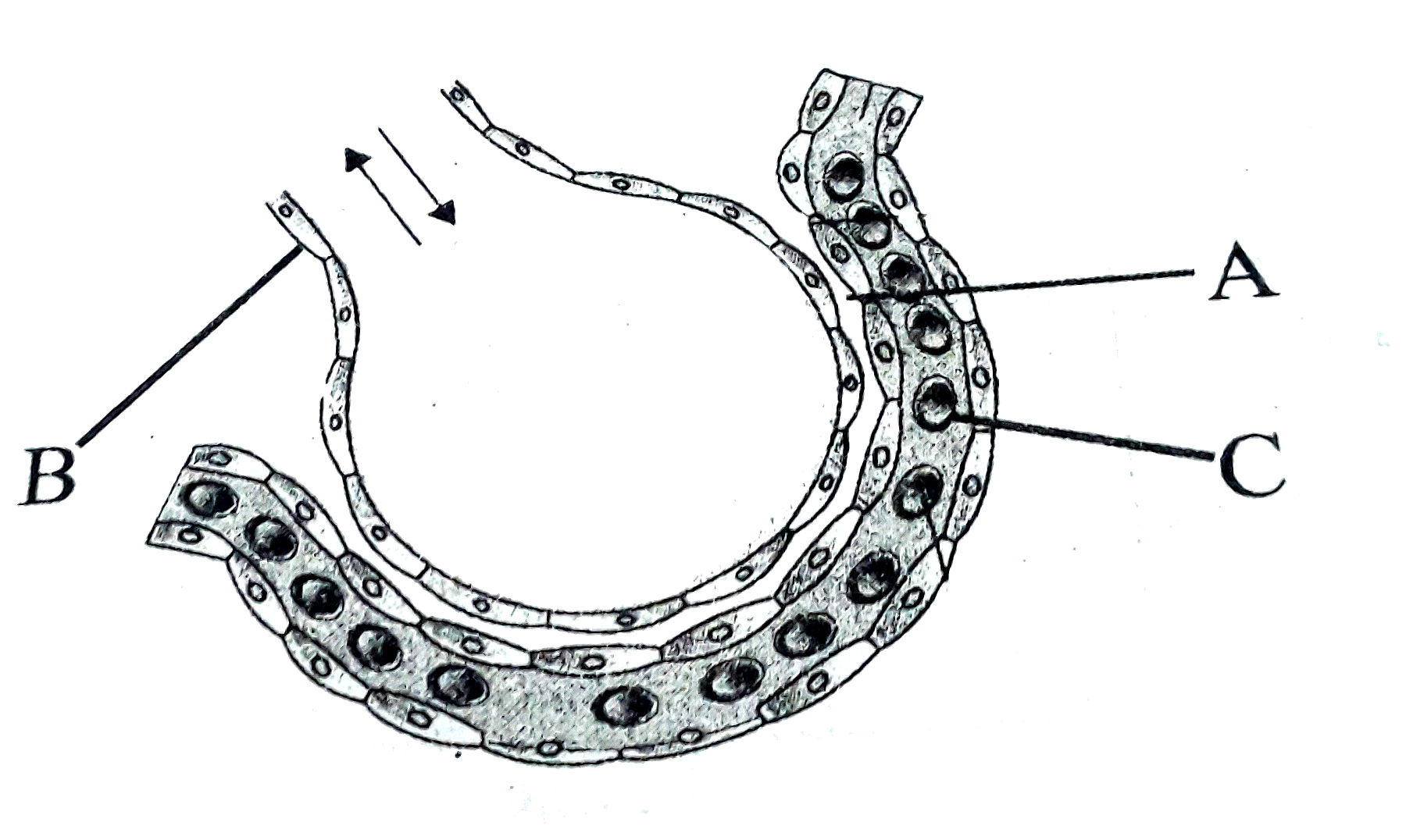 View Solution
View SolutionA,B and C in the given diagram are:
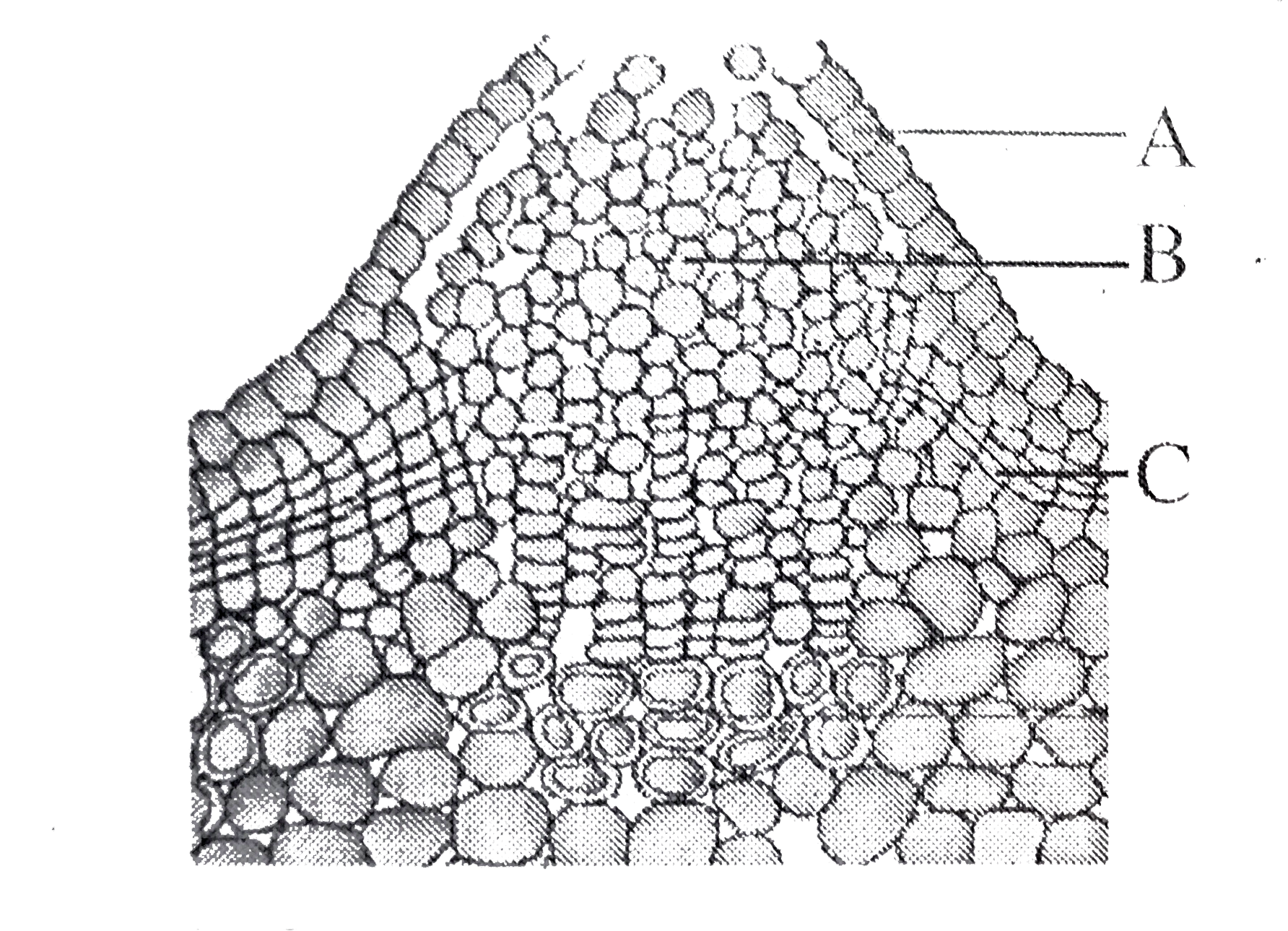 View Solution
View SolutionIdentify A, B and C in given diagram.
 View Solution
View Solution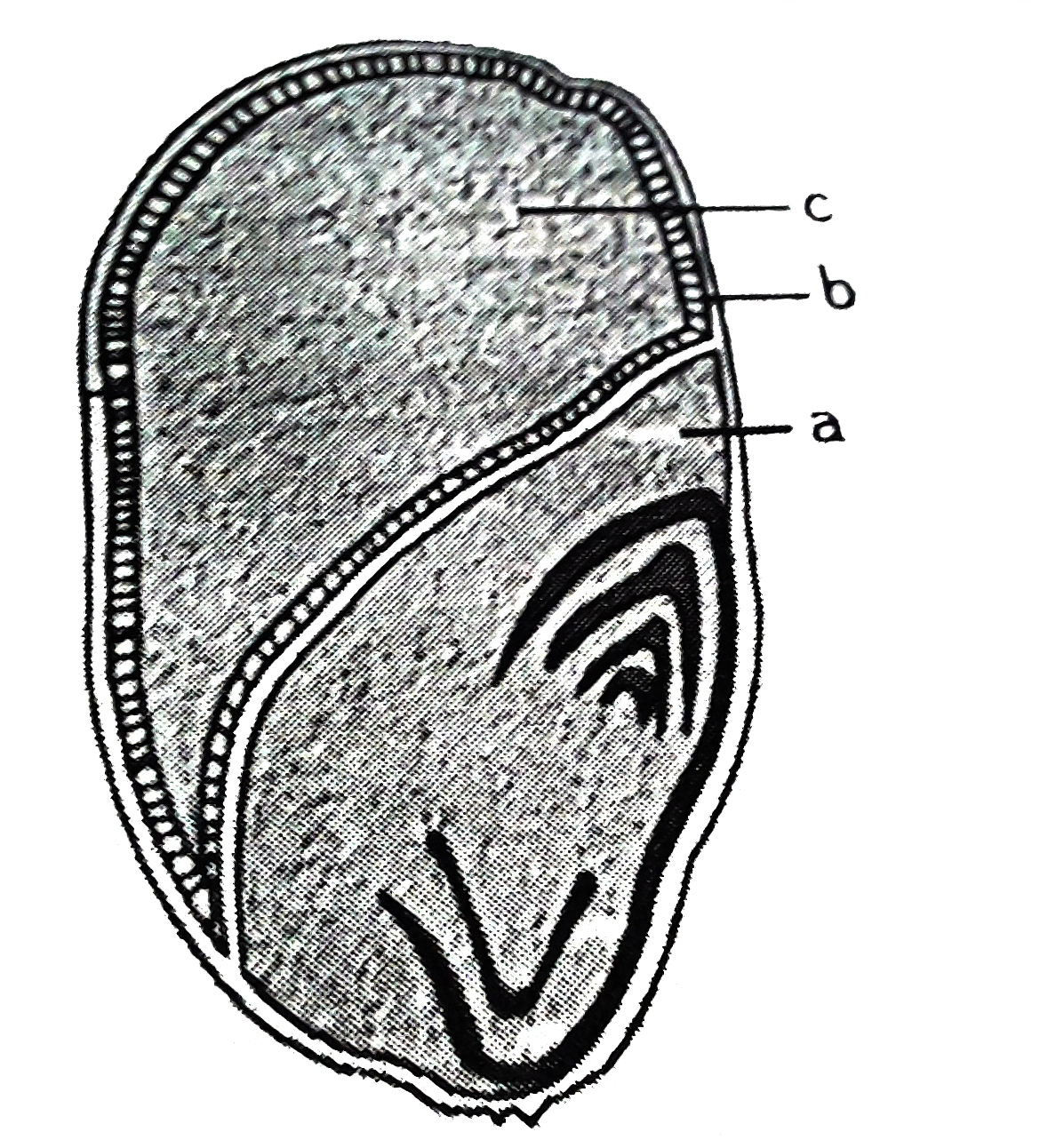
Recognise a,b and c in the diagramView Solutionidentify A,B and C in the given diagram.
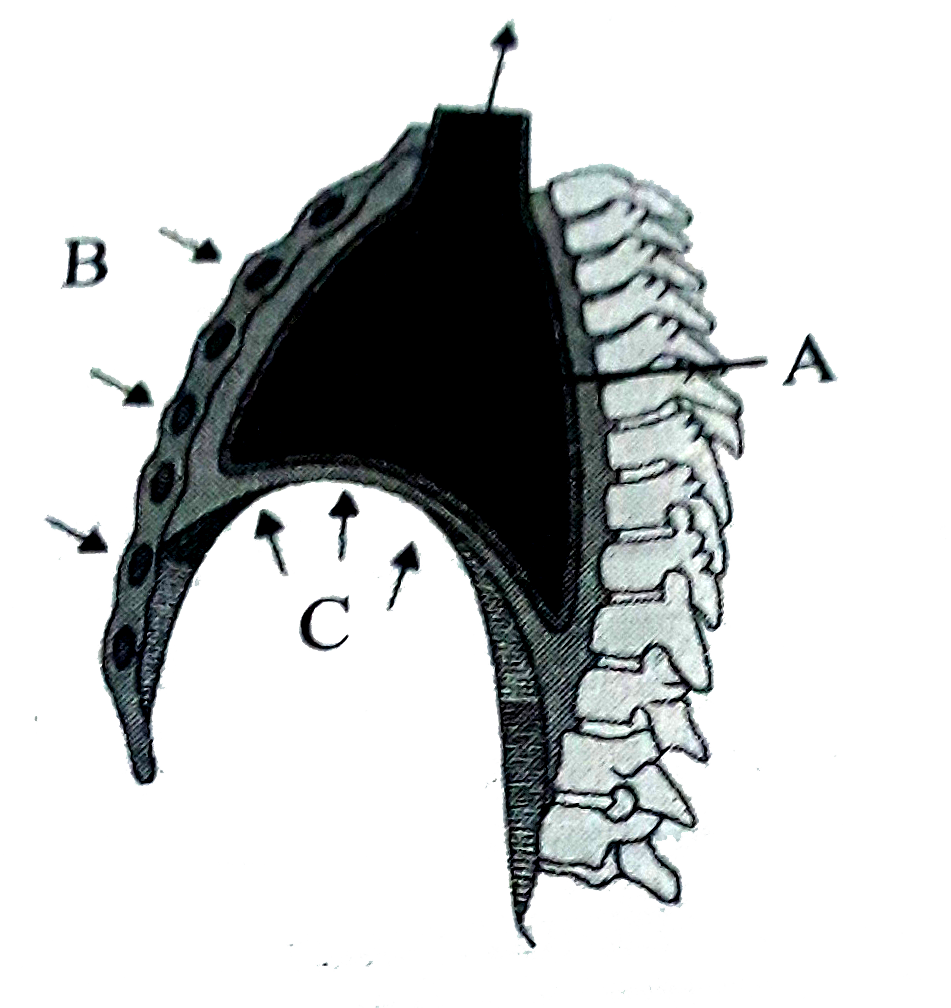 View Solution
View Solution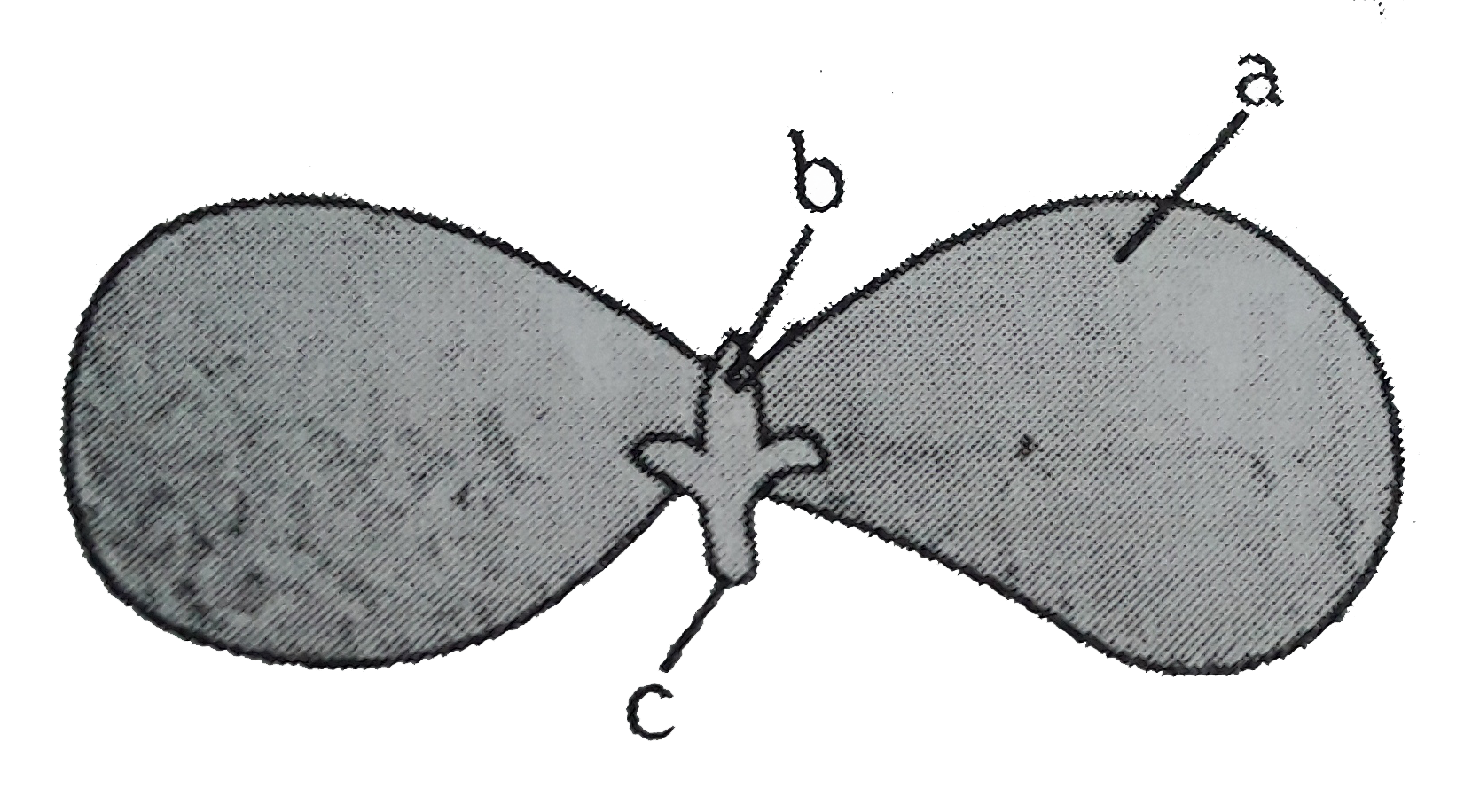
Recognise the a,b and c in the diagramView SolutionIn the adjoining Venn diagram , A∪B is
View SolutionStatement-1 If U is universal set and B = U - A, then n(B) = n(U) - n(A).
Statement-2 For any three arbitrary sets A, B and C, if C = A - B, then n(C ) = n(A) - n(B).View SolutionFrom the adjoining Venn diagram , find the following sets :
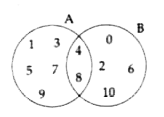
(i) A (ii) B (III) A∪B (iv) A∩BView SolutionIn the diagram identify A, B and C.
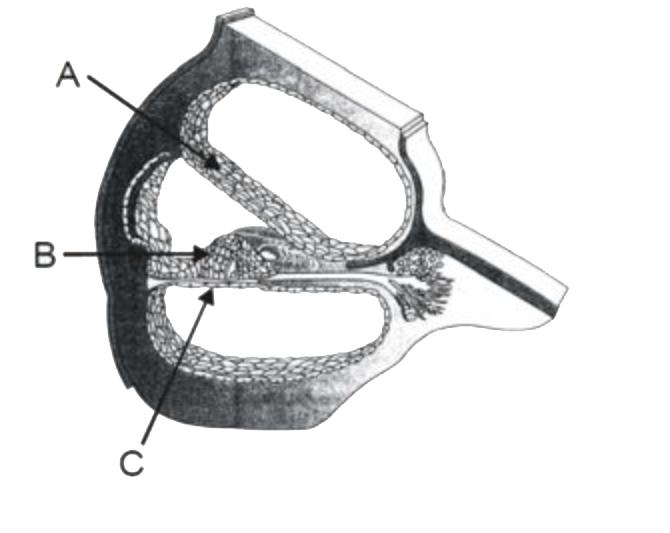 View Solution
View Solution

